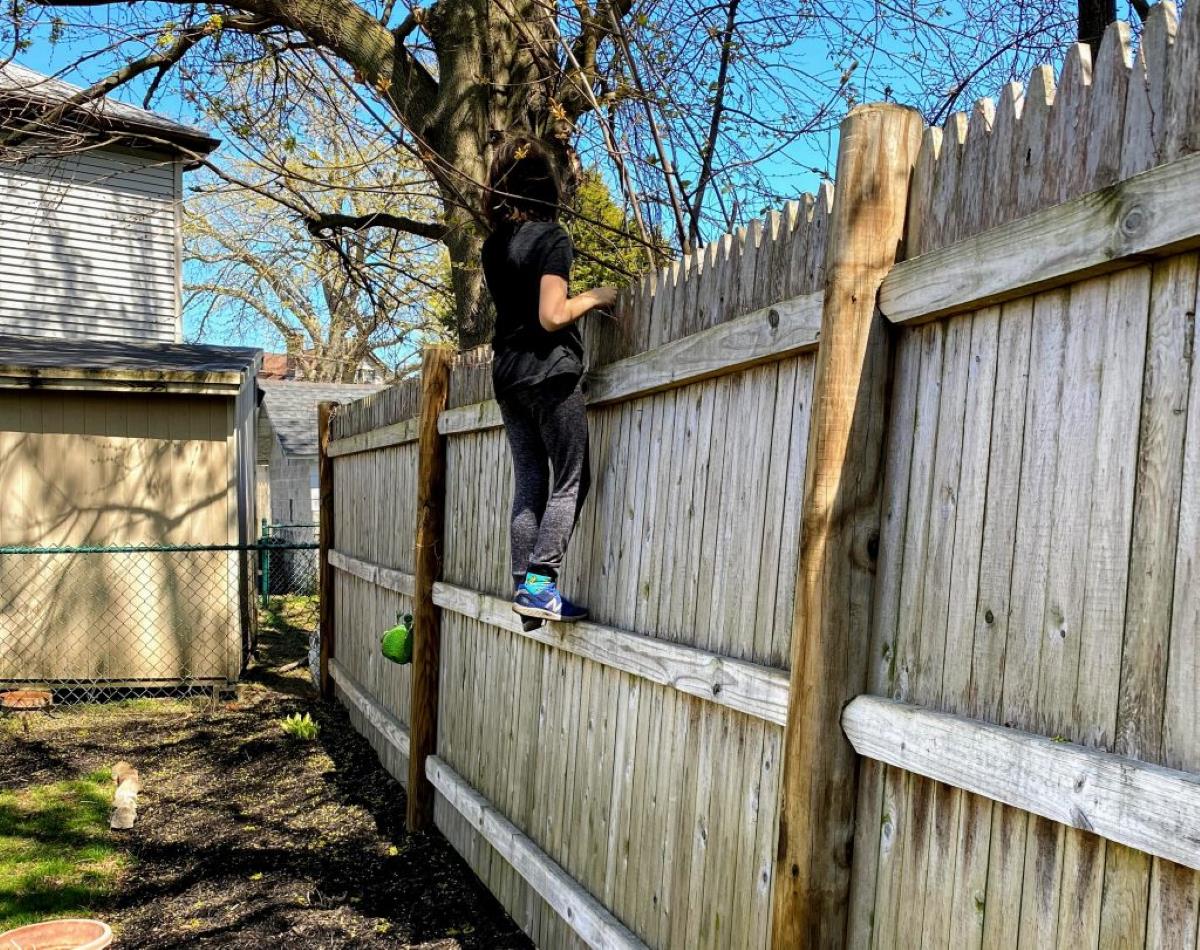

Articles
How To Climb Fence
Modified: December 7, 2023
Learn valuable tips and techniques on how to climb fences safely and efficiently in our informative articles. Enhance your skills and master this essential outdoor skill.
(Many of the links in this article redirect to a specific reviewed product. Your purchase of these products through affiliate links helps to generate commission for Storables.com, at no extra cost. Learn more)
Introduction
Have you ever been faced with a seemingly insurmountable obstacle, like a tall fence blocking your way? Whether you find yourself in a daring escape situation or simply want to conquer new challenges, knowing how to climb a fence can be a useful skill to possess. Not only does it give you the ability to overcome physical barriers, but it also provides a sense of empowerment and adventure.
In this article, we will guide you through the process of climbing a fence safely and effectively. We will provide you with a step-by-step approach, highlighting the necessary tools, techniques, and precautions to take. So buckle up and get ready to elevate your fence-climbing game!
Please note that climbing fences without proper authorization may be illegal and is not recommended. This article is intended for educational purposes only and should not be used to encourage illegal activity.
Key Takeaways:
- Assess the fence’s height, width, and condition before attempting to climb. Prioritize safety and consider alternative paths if the fence presents significant risks or obstacles.
- Prepare yourself physically and mentally, choose the right climbing technique, and approach the fence with caution. Always prioritize safety, respect legal boundaries, and seek assistance if needed.
Read more: How To Climb A Ladder
Assessing the Fence
Before attempting to climb a fence, it’s crucial to assess its height, width, and overall condition to determine the feasibility of your climb. Here’s how to properly assess a fence:
- Height: Stand back and estimate the height of the fence. Keep in mind that fences can vary in height, from a few feet to several meters. Determine if you have the physical ability and confidence to climb a fence of that height.
- Width: Take note of the width of the fence. Some fences may be narrow, allowing only one person to pass through, while others may be wider and more challenging to scale.
- Condition: Inspect the condition of the fence. Look for any loose or broken sections, sharp edges, or other potential hazards that could pose a risk during your climb. If the fence appears unstable or damaged, it’s best to avoid climbing it.
- Surroundings: Consider the surroundings of the fence. Are there any obstacles or hazardous objects nearby that could impede your ability to climb or make a safe landing on the other side? Assessing the environment will help determine if climbing the fence is a viable option.
By assessing the fence thoroughly, you can make an informed decision about whether to proceed with your climb or explore alternative paths. Remember, safety should always be your top priority when attempting any physical activity.
Gathering the Necessary Tools
Before embarking on your fence-climbing adventure, it’s essential to gather the right tools to assist you in your ascent. Here are some tools you may need:
- Gloves: A good pair of gloves will provide you with a better grip and protect your hands from any rough or sharp edges on the fence.
- Sturdy Shoes: Wear shoes with good traction to prevent slipping and increase stability while climbing. Avoid wearing sandals or flimsy footwear.
- Bag or Backpack: If you need to bring any additional items, such as a water bottle or snacks, a bag or backpack will allow you to carry them comfortably and securely during your climb.
- Flashlight: If you are climbing at night or in low-light conditions, a flashlight will help you navigate and assess the fence more effectively.
- Rope or Strap: In some cases, you may need a rope or strap to create a makeshift ladder or assist with your climb. Ensure the rope is strong and securely tied to avoid any accidents.
- Tool for Opening Gates: If the fence has a gate, make sure you have the appropriate tool, such as a key or code, to open it and avoid the need for climbing.
Having the right tools will not only enhance your safety but also make your climb more efficient and enjoyable. Remember to assess the situation and consider what tools you may need based on the specific type of fence you are attempting to climb.
Preparing Yourself
Before you begin your fence-climbing endeavor, it’s important to prepare yourself physically and mentally. Here are some key steps to follow:
- Warm-up: Engage in a brief warm-up routine to prepare your body for the physical exertion. Stretch your muscles, especially your legs and arms, to prevent injuries and increase flexibility.
- Mental Focus: Clear your mind and focus on the task at hand. Assess any fears or doubts you may have and replace them with confidence. Visualize a successful climb to boost your motivation.
- Wear Appropriate Clothing: Dress in comfortable and flexible clothing that allows you to move freely. Avoid wearing loose or baggy clothes that may get caught on the fence, impeding your progress.
- Mind the Weather: Take into consideration the weather conditions before climbing. Wet or slippery surfaces can make climbing more challenging and increase the risk of accidents. Stay aware of any changes in weather patterns that may affect your climb.
- Stay Hydrated: Remember to drink plenty of water before and during your climb to stay hydrated. Dehydration can negatively impact your performance and increase the risk of fatigue.
- Assess Your Fitness Level: Be aware of your physical capabilities and fitness level. Only attempt climbs that are within your skill set. If you have any health concerns or limitations, consult a medical professional before attempting to climb a fence.
By adequately preparing yourself both physically and mentally, you will increase your chances of a successful and safe fence climb. Remember to take these steps seriously and make them a regular part of your fence-climbing routine.
Choosing the Right Technique
When it comes to climbing a fence, there are various techniques you can employ based on the type and design of the fence. Here are a few common techniques to consider:
- Standard Climb: This technique involves gripping the top of the fence with both hands and using your leg strength to propel yourself upward, lifting your body over the fence. It works best for fences with horizontal bars or a chain-link design.
- Using Foot Holds: If the fence has vertical posts or gaps between its sections, you can use these as foot holds to aid your upward movement. This technique requires balance and coordination.
- Assisted Climb: In some cases, you may have a companion who can provide a boost from below, making it easier for you to reach the top of the fence. This technique can be useful for taller fences or when you need an extra push to overcome the height.
- Gate Climb: If the fence has a gate, you may be able to open it partially and use it as a step or platform for climbing. This technique requires caution to ensure the gate remains stable and secure.
- Notify Assistance: In situations where climbing the fence is not possible or safe, it’s important to notify appropriate authorities or seek assistance from security personnel or property owners to find an alternative solution.
Choosing the right technique depends on your comfort level, physical abilities, and the specific characteristics of the fence. Assess the fence’s design and determine the technique that suits it best. Remember to prioritize your safety and use common sense in selecting the approach to climbing.
When climbing a fence, always check for stability and ensure there are no sharp edges. Use your hands and feet to support your weight and avoid putting too much pressure on the top of the fence.
Read more: How To Climb A Steep Roof
Approaching the Fence
Before you begin your climb, it’s crucial to approach the fence properly to ensure a smooth and successful ascent. Here are some steps to follow when approaching the fence:
- Survey the Area: Take a moment to survey the area around the fence. Look for any potential obstacles, hazards, or surveillance cameras that could hinder or pose a risk during your climb.
- Find a Suitable Entry Point: Locate a point on the fence that offers the best opportunity for a safe and secure climb. Look for areas with sturdy supports or sections that are easier to grip.
- Check for Security Measures: Inspect the fence for any security measures, such as barbed wire, electric fencing, or motion sensors. Avoid climbing fences with these deterrents, as they can cause harm or trigger alarms.
- Assess Fence Stability: Give the fence a gentle shake to assess its stability and ensure it can support your weight. Avoid climbing fences that feel wobbly or unstable.
- Plan Your Route: Determine the most efficient path to reach the top of the fence. Look for vertical bars, gaps, or other features that can aid your climb. Visualize your movements and plan your hand and foot placements.
Approaching the fence with caution and a strategic mindset will increase your chances of a successful climb. Remember to be aware of your surroundings, assess the fence’s condition, and select the most suitable entry point for your ascent.
Climbing the Fence
Now that you’ve assessed the fence, gathered the necessary tools, and prepared yourself physically and mentally, it’s time to climb! Follow these steps to safely navigate the fence:
- Get a Firm Grip: Grab the top of the fence firmly with both hands, positioning your palms facing down. Ensure your grip is secure before starting your ascent.
- Engage Your Leg Strength: Use your leg muscles to push yourself upward, gradually lifting your body off the ground. This will help you build momentum for the climb.
- Find Stability Points: Look for stable spots on the fence, such as vertical bars or supporting structures. Use these points to provide additional support and stability as you climb.
- Alternate Hand and Foot Movements: As you ascend, use a combination of hand and foot movements to propel yourself upward. This will distribute your weight and maintain balance as you progress.
- Be Mindful of Your Body Position: Keep your body close to the fence to maintain balance and control. Lean slightly forward to prevent yourself from swinging backward and losing stability.
- Stay Focused and Take Breaks if Needed: Climbing a fence can be physically demanding. If you feel fatigued or need to rest, find a stable position and take a short break before continuing.
- Reach the Top: Continue the climbing motion until you reach the top of the fence. Take a moment to stabilize yourself and ensure a secure grip before proceeding to the next step.
- Descend Safely: When descending on the other side of the fence, follow a similar process but in reverse. Take your time, find stable footing, and lower yourself down with control.
Remember, each fence climb may present its own unique challenges, so adapt your technique accordingly. Take your time, climb at your own pace, and prioritize safety above all else.
Safety Precautions
When engaging in fence climbing, it’s crucial to prioritize safety to prevent accidents and injuries. Here are some important safety precautions to keep in mind:
- Assess Your Ability: Be honest with yourself about your physical capabilities and only attempt climbs that are within your skill level. Don’t push yourself beyond your limits.
- Wear Protective Gear: Use appropriate protective gear, such as gloves, to protect your hands from any sharp edges or rough surfaces on the fence.
- Inspect the Fence: Before climbing, thoroughly inspect the fence for any signs of damage or instability. Avoid climbing fences that are broken, unstable, or have any potential safety hazards.
- Check for Obstacles: Look out for obstacles or obstructions near the fence that could pose a risk during your climb or landing on the other side. Remove or avoid any such obstacles to ensure a clear path.
- Be Mindful of Surroundings: Stay aware of your surroundings and be cautious of potential dangers, such as passing vehicles, security personnel, or bystanders. Ensure your climb doesn’t interfere with the safety of others.
- Avoid Trespassing or Unauthorized Areas: Climbing fences should only be done in authorized areas and with proper permission. Trespassing on private property or restricted areas can lead to legal consequences.
- Keep a Backup Plan: Always have a backup plan in case climbing the fence becomes too difficult, risky, or impossible. Look for alternative paths or seek assistance from appropriate authorities.
- Stay Hydrated: Maintain hydration throughout your climb by drinking water at regular intervals. Dehydration can lead to decreased alertness and performance.
- Practice Proper Descending Technique: When descending the fence, use controlled movements and maintain a secure grip to ensure a safe and smooth descent.
- Never Climb Alone: It’s always best to climb with a partner or have someone nearby who is aware of your activity. In case of any emergencies or accidents, having someone to assist you can be crucial.
By following these safety precautions, you can minimize the risk of accidents and make your fence climbing experience safer and more enjoyable.
Troubleshooting
While climbing a fence, you may encounter certain challenges or obstacles. Here are some common troubleshooting tips to help you overcome these difficulties:
- Slippery Surface: If the fence is wet or slippery, take extra caution and adjust your climbing technique. Look for areas with better grip, such as textured surfaces or dry patches.
- Height Limitations: If you find that the fence is too tall for you to climb, consider seeking assistance or exploring alternative routes to reach your destination.
- Unstable Fence: If you encounter a fence that is unstable or wobbly, it’s best to abandon your climb to avoid the risk of injury. Look for a sturdier fence or find an alternative solution.
- Obstacles in the Way: If you come across obstacles or objects obstructing your climb, assess if it’s possible to move or remove them safely. Alternatively, search for a different entry point where the obstacles are less prominent.
- Fear or Anxiety: If you experience fear or anxiety while climbing, take a moment to calm yourself. Focus on your breathing, visualize a successful climb, and gather your courage before continuing.
- Poor Hand Grip: If you struggle with maintaining a secure grip on the fence, try wearing gloves or utilizing a towel or cloth for better traction.
- Patience and Perseverance: Remember that climbing fences can require patience and perseverance. If you encounter difficulties, take a moment to assess the situation and consider alternative strategies or paths.
It’s important to approach troubleshooting with a flexible mindset and understand that not every situation can be easily resolved. Prioritize your safety and well-being above all else, and be willing to adapt your plans if needed.
Read more: How To Safely Climb A Ladder
Conclusion
Climbing a fence can be an exciting and empowering experience, but it’s important to approach it with caution and respect for safety. By following the steps outlined in this article, you can ensure that your fence-climbing endeavors are both successful and safe.
Remember to assess the fence before attempting to climb, gather the necessary tools, and prepare yourself physically and mentally. Choose the appropriate technique based on the type of fence you are dealing with and approach it with focus and determination.
Throughout the process, prioritize your safety by wearing protective gear, being mindful of your surroundings, and thoroughly inspecting the fence for any potential hazards. If at any point you encounter difficulties or the risk level exceeds your comfort, consider seeking alternative paths or assistance.
It’s essential to respect personal boundaries and legal restrictions when it comes to climbing fences. Trespassing or attempting to scale fences in unauthorized areas can result in serious consequences.
Lastly, always remember that safety should be your top priority. If you are unsure about your ability to climb a fence or if it presents significant risks, it’s best to abstain from attempting it.
By following these guidelines and employing common sense, you can enhance your fence-climbing skills and enjoy the thrill of conquering new challenges while ensuring your well-being and the well-being of others.
Frequently Asked Questions about How To Climb Fence
Was this page helpful?
At Storables.com, we guarantee accurate and reliable information. Our content, validated by Expert Board Contributors, is crafted following stringent Editorial Policies. We're committed to providing you with well-researched, expert-backed insights for all your informational needs.
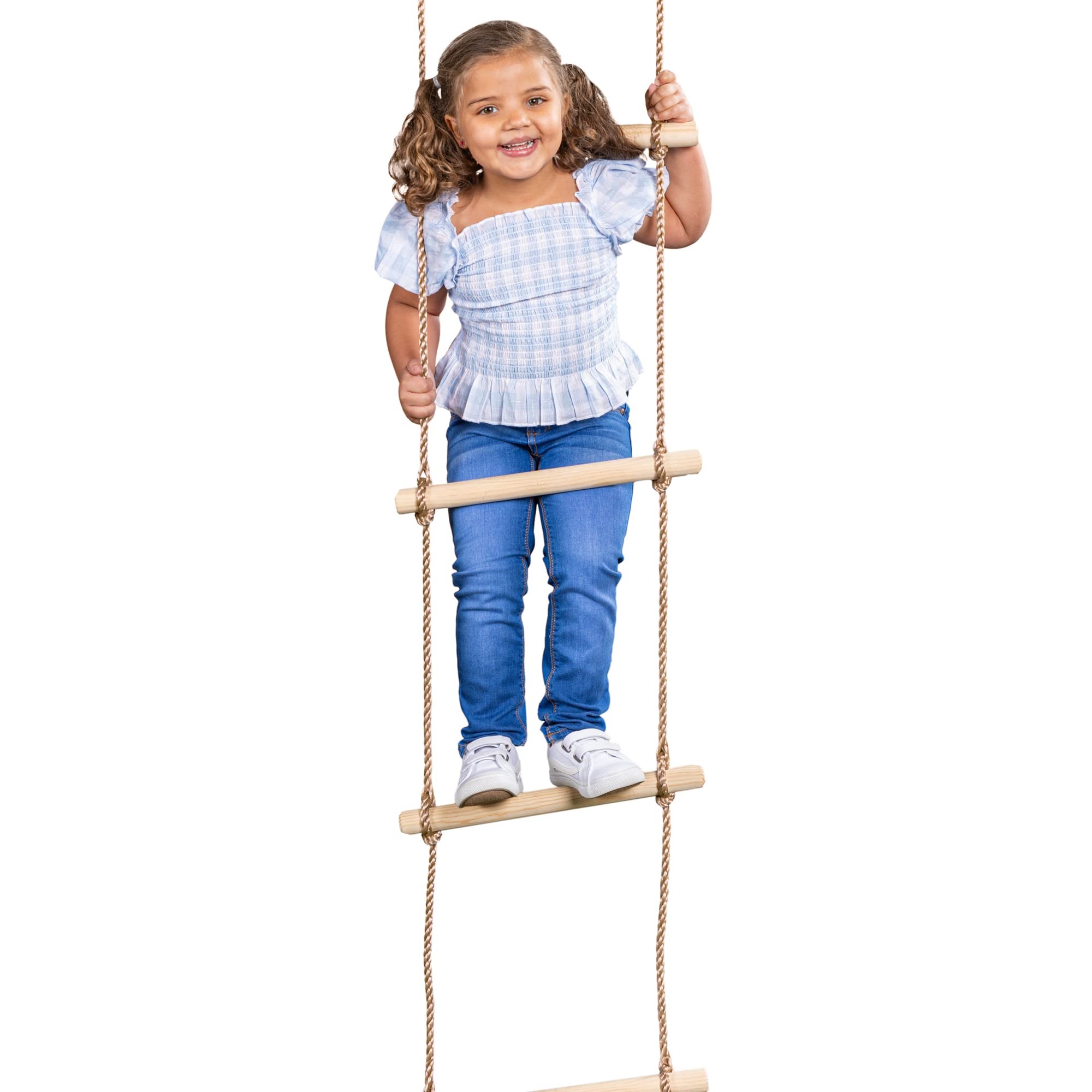
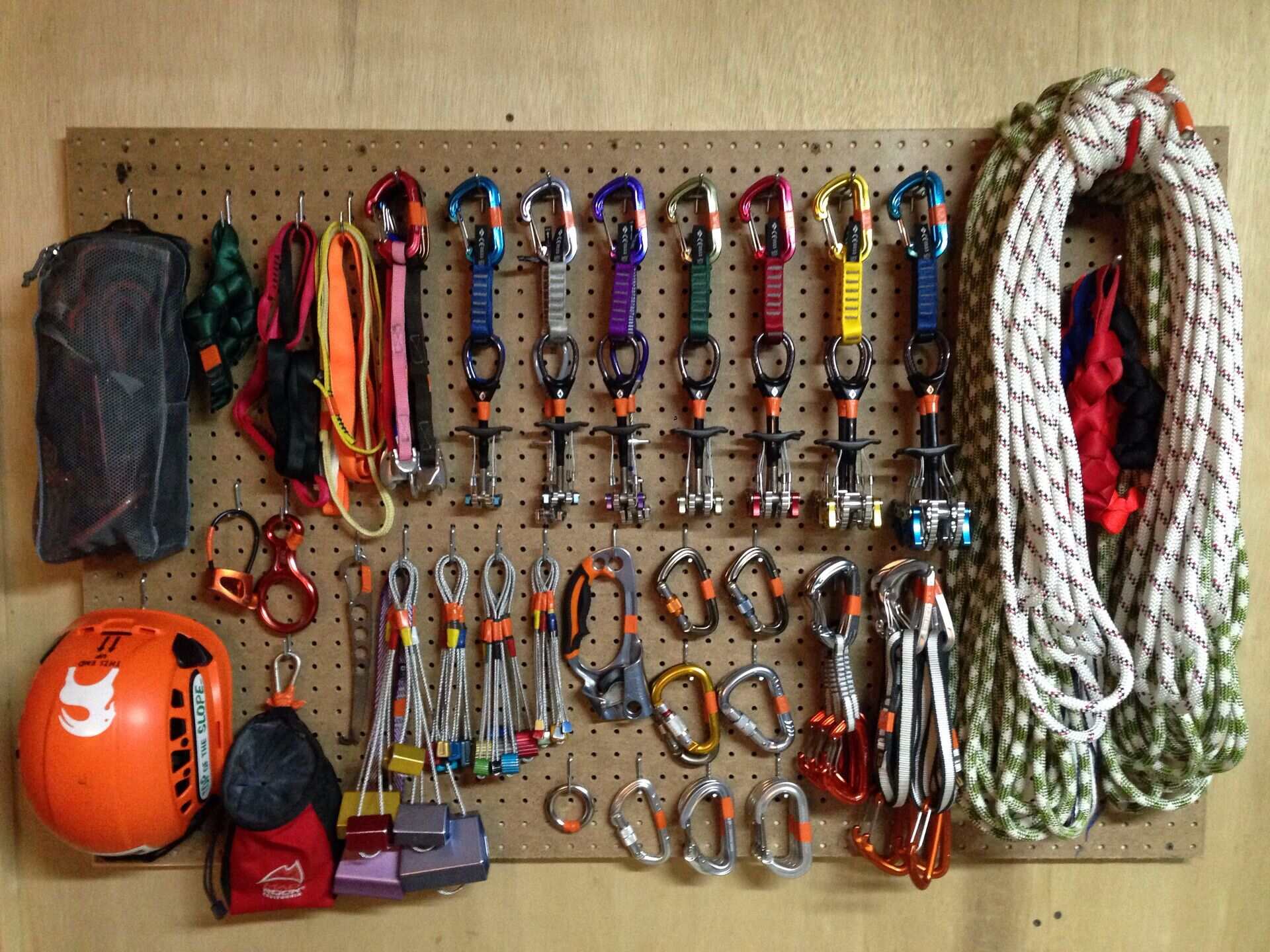
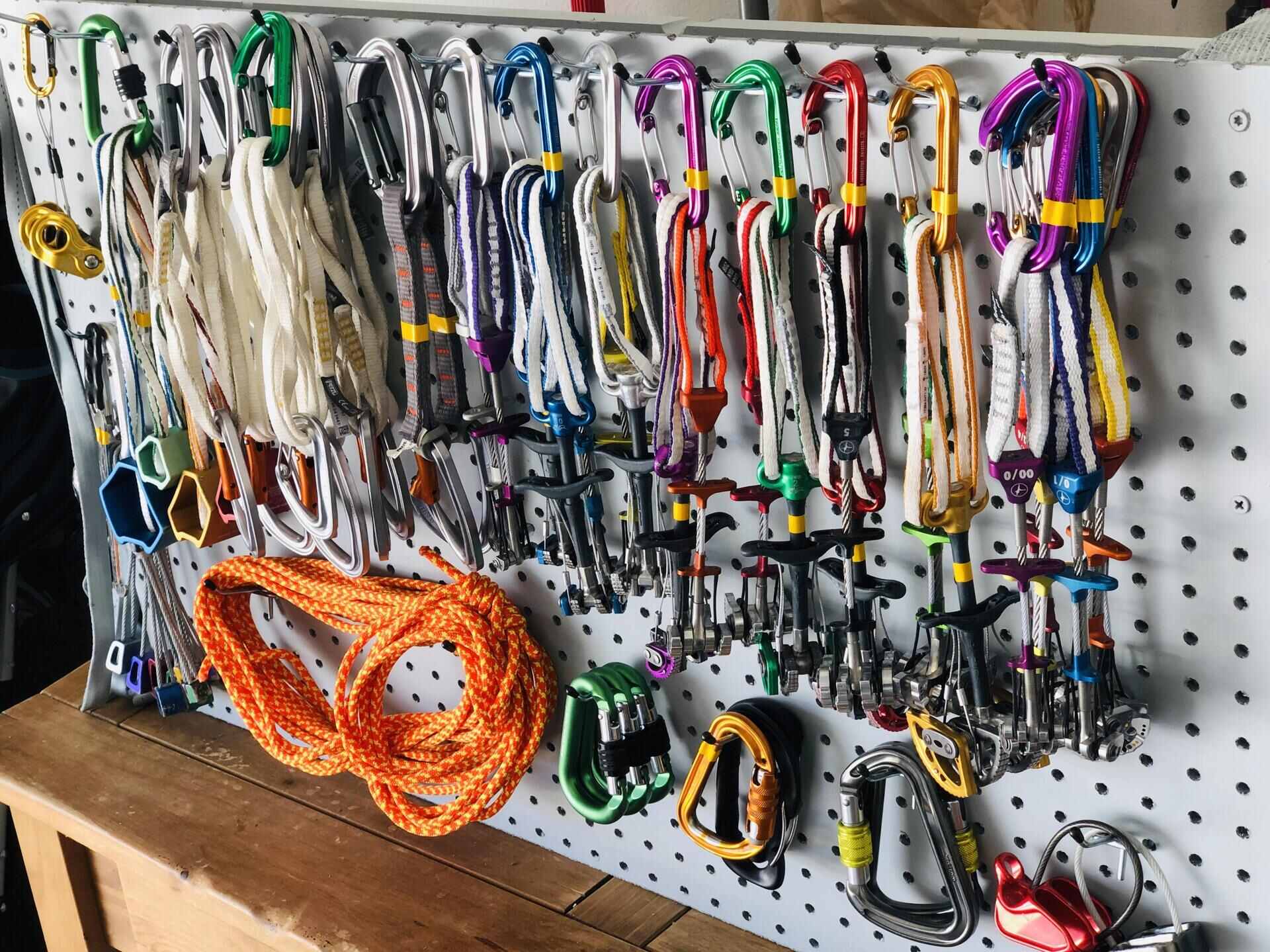
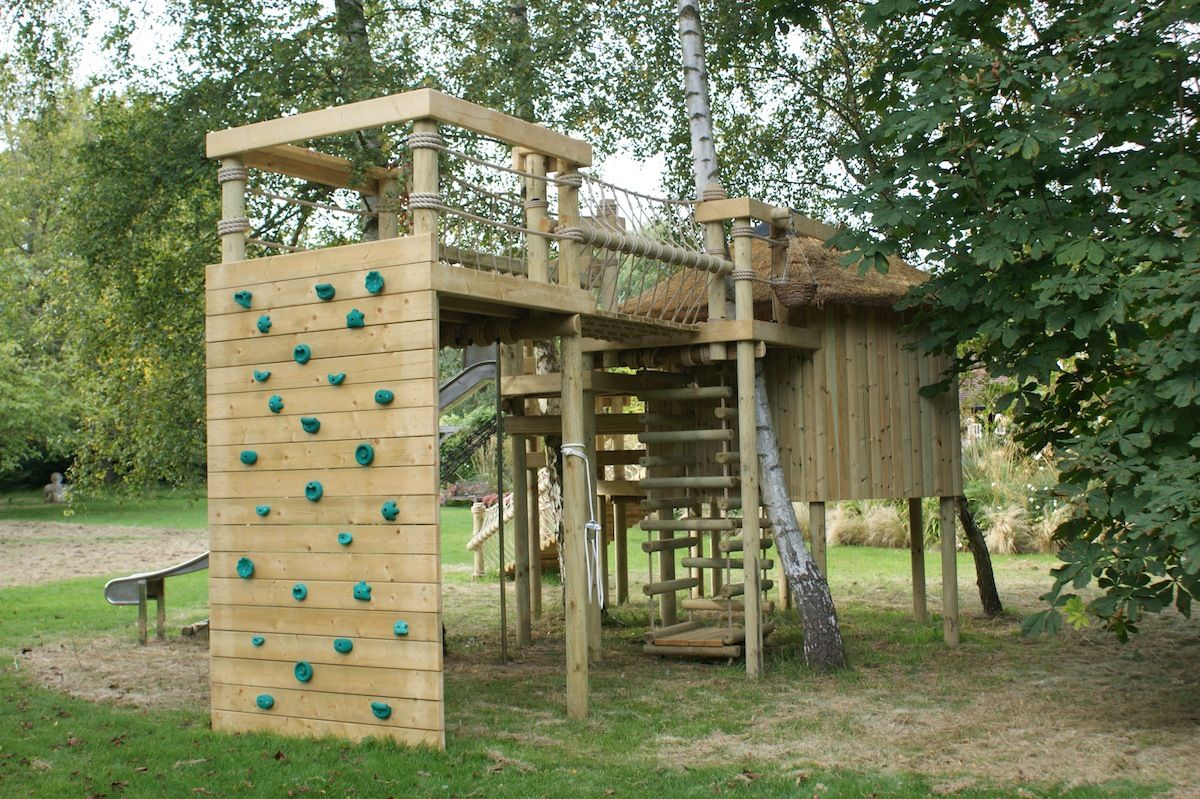





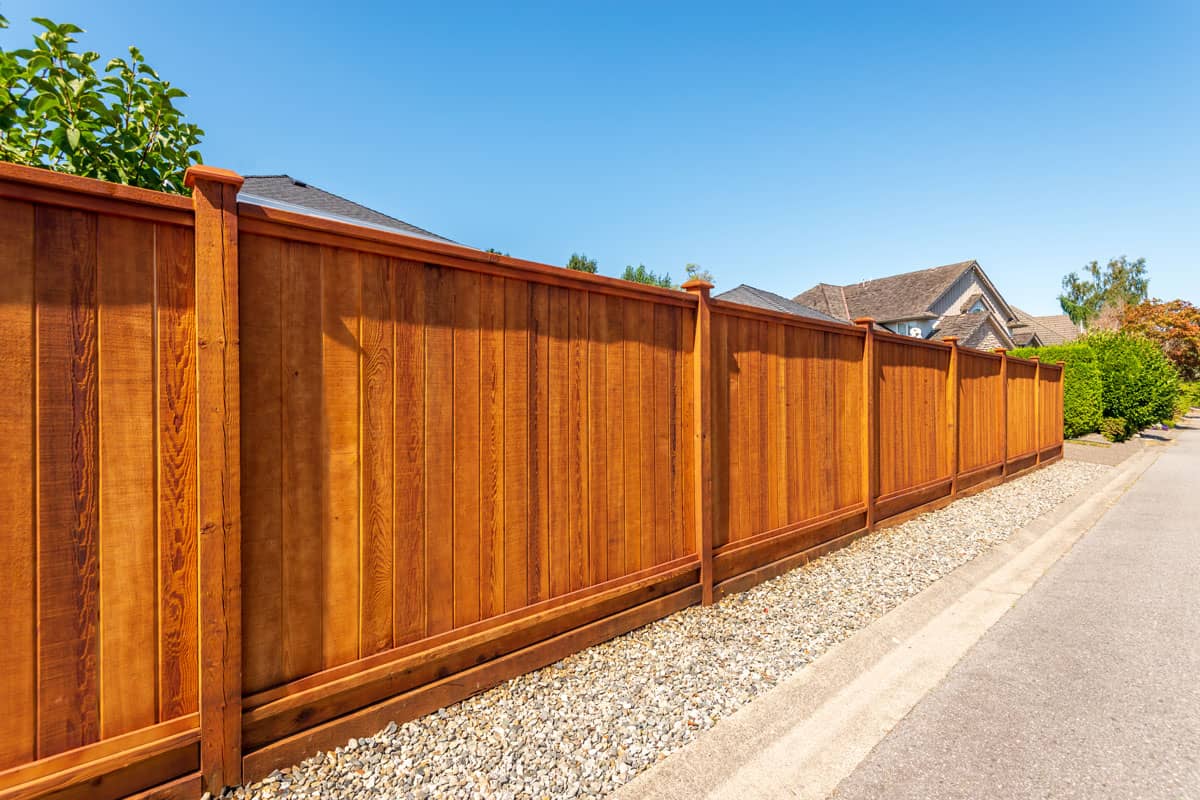


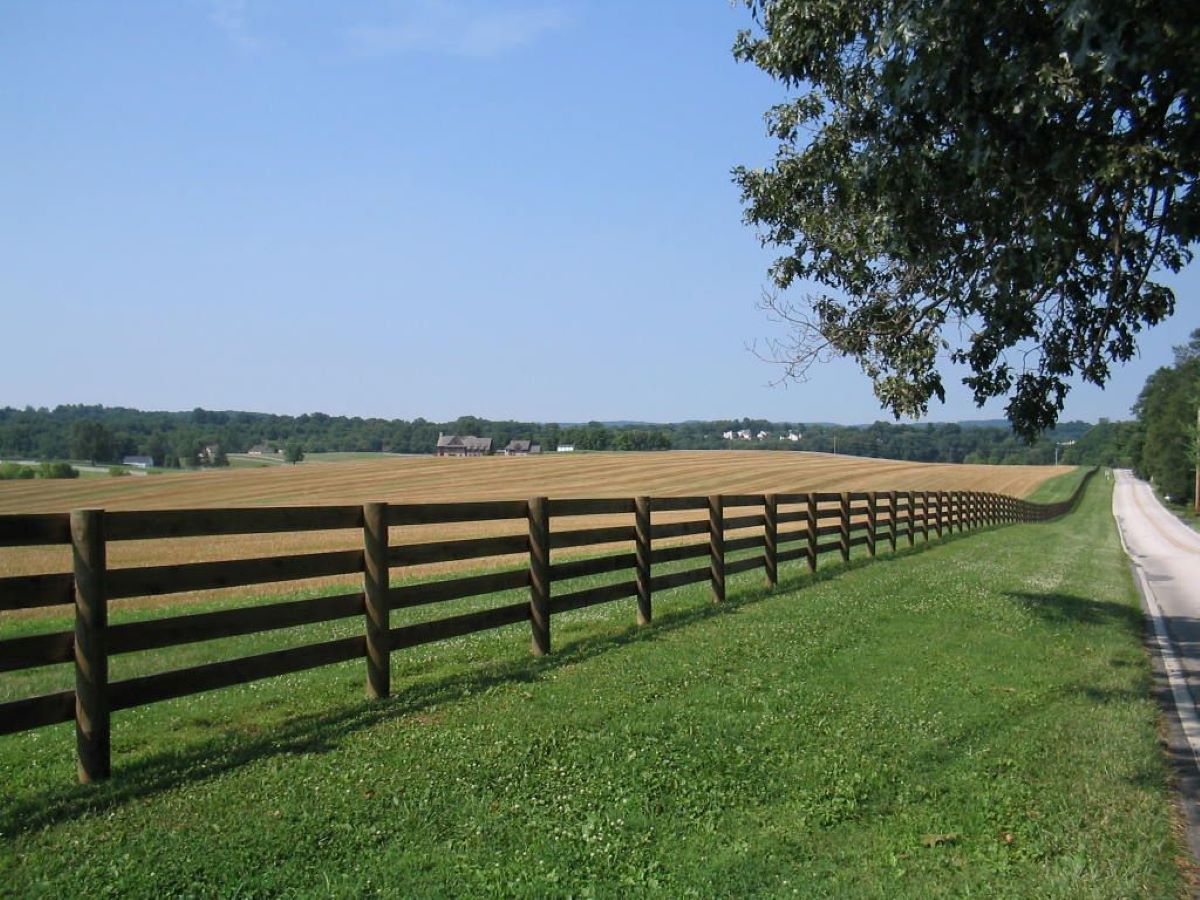

0 thoughts on “How To Climb Fence”